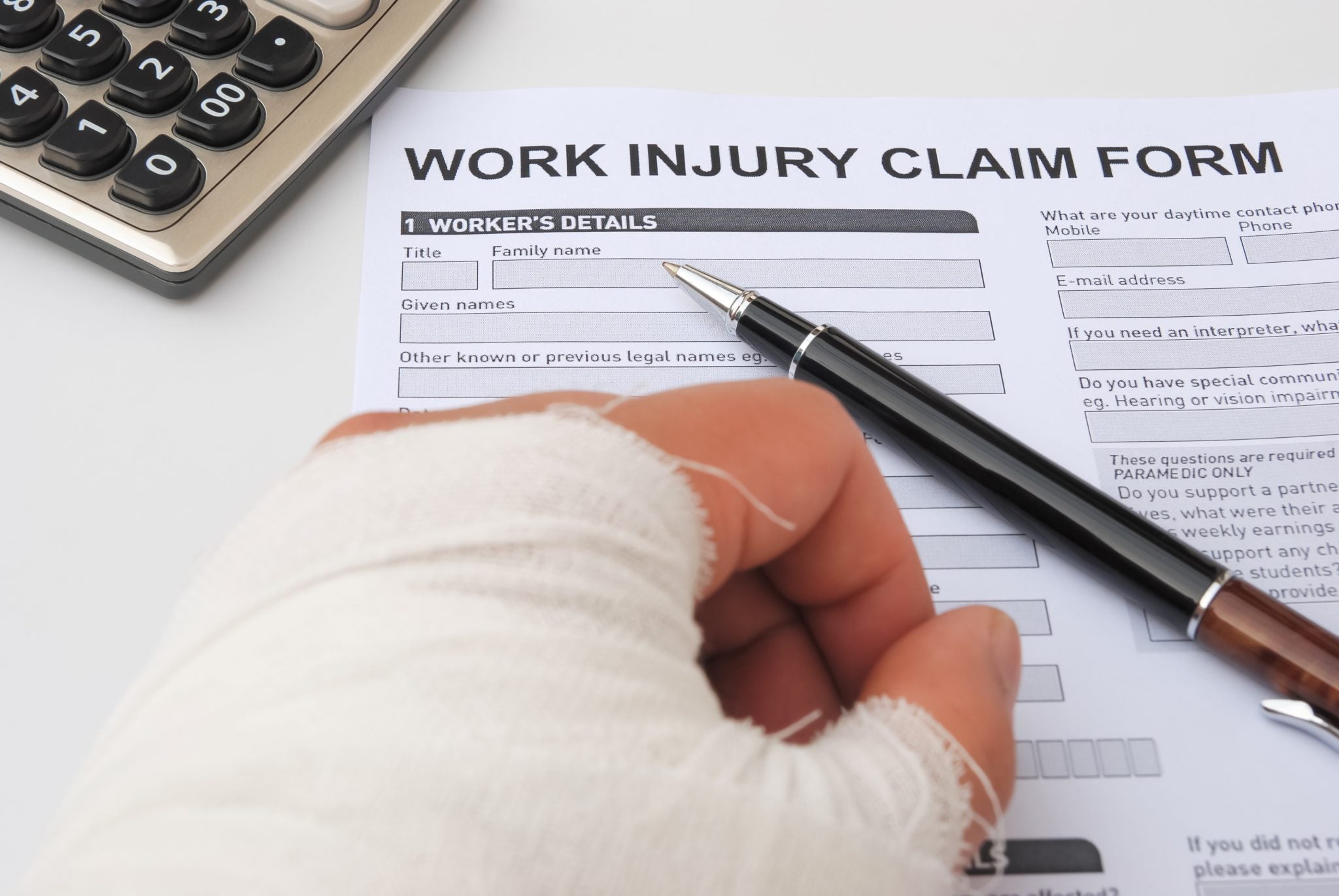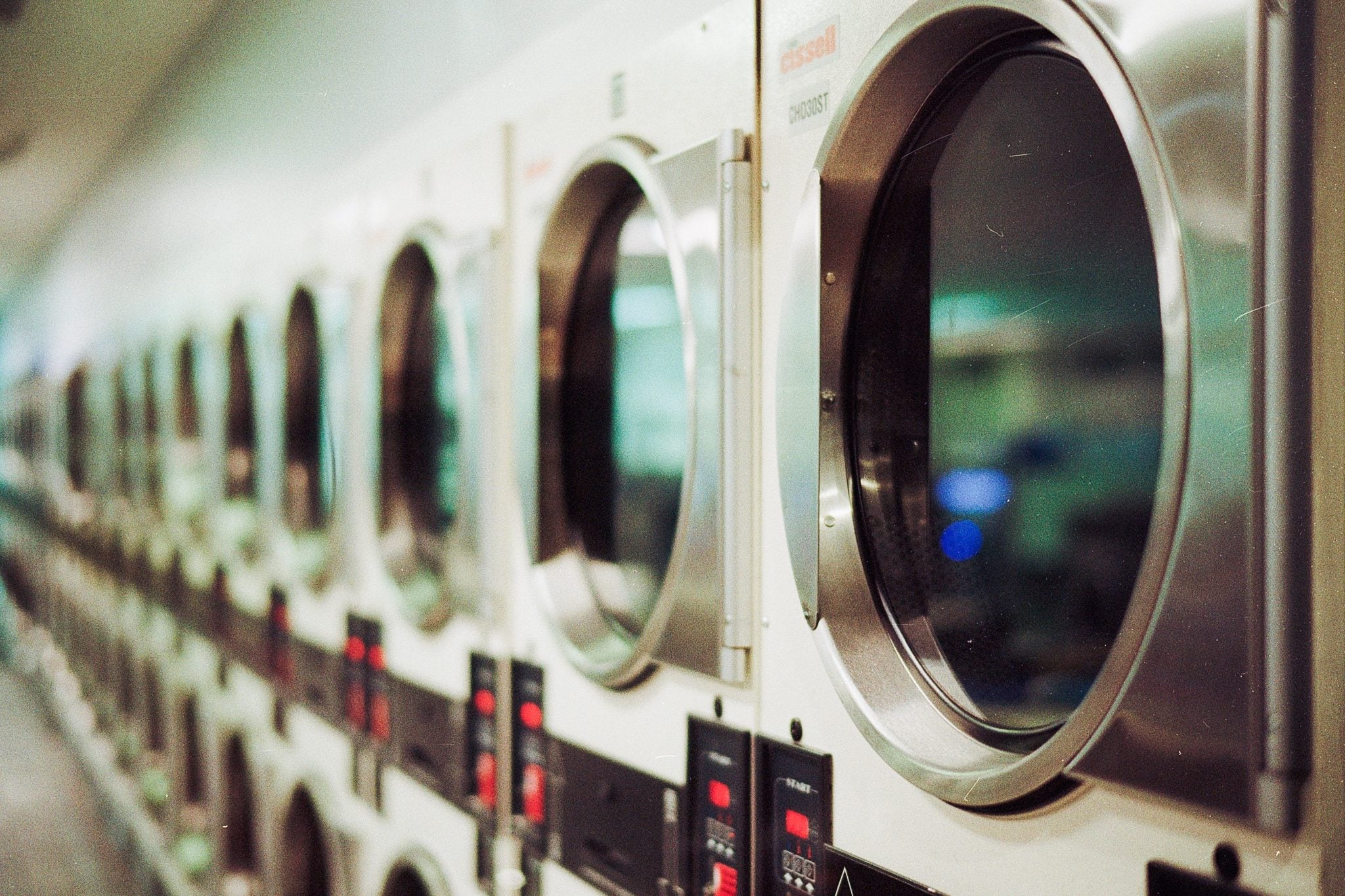G’day, my name is Oscar and I am Qlicksmart’s Sales and Marketing Assistant. Last month, our international Business Consultant, Mr Mel Reynolds and I went to the Sunshine Coast University Hospital to work with the theatre nurses and provide an in-service demonstration of the Qlicksmart’s sterile scalpel blade removers. As it was the first time …

Under-reporting scalpel injuries: the risks to healthcare staff and institutions
In 2008, a survey by the Royal College of Nursing found that while 50% of nurses had sustained a sharps injury, only 10% of those injuries were reported. This means that even in dangerous situations where there are safety risks, approximately 90% of sharps injuries are not reported. A sharps injury such as a scalpel …

Celebrating Nurses and Their Dedication To Our Health
Every single day, nurses around the world work tirelessly to keep people safe, happy, and healthy. Late nights, early mornings, and unpredictable patients are just some of the burdens they face. It’s hard work, yet nurses endure. With all of this in mind, it becomes clear that their commitment and contribution to society should never …

How Being Proactive Can Prevent Sharps Injuries
Being proactive can help prevent sharps injuries before they happen. By preventing injuries, a medical establishment is likely to make staff and patients feel safer, increase moral and productivity, and save money that would have otherwise been spent in the case of an injury. Injuries from medical sharps can be expensive and pose a significant …

5 Reasons Every Nursing Student Should Attend the AORN Conference & Expo
Calling all nursing students! The 2019 Association of Perioperative Registered Nurses (AORN) conference and expo is nearly upon us. This April, the largest education and networking conference of perioperative nurse professionals in the world will take place in Nashville, Tennessee. Being as influential as it is, the AORN conference and expo is the perfect educational …

Safe Practice Protects Downstream Workers Too
Sharps injuries and needlesticks are a threat that most healthcare professionals are wary of. Safety procedures are implemented with the aim to mitigate the risks involved when working with sharps. These procedures usually succeed in doing so when followed correctly by staff that use and are in direct contact with sharps. When they aren’t followed …


